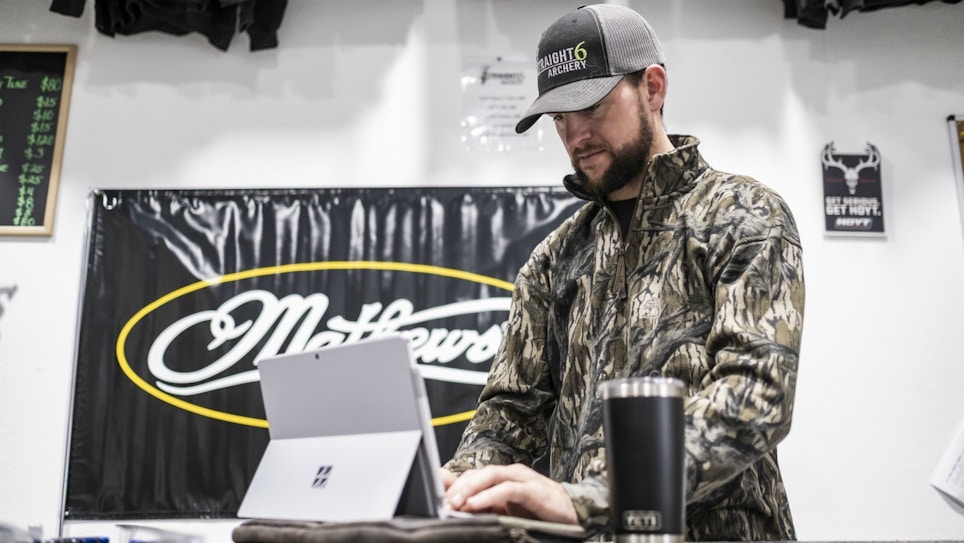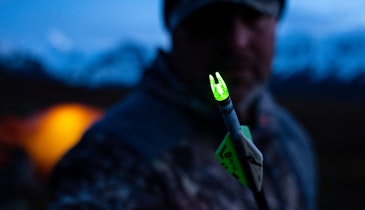For years, a small business could reliably reach its customers simply by having an active, well-managed Facebook presence — all while spending little or no money. Gaining Facebook followers was an effective way to get more eyes on your Facebook business page. And if you posted good content that users enjoyed and interacted with, Facebook would continue to serve your content to your followers.
But Facebook made major changes to its algorithm in 2018 in an effort to show users more content from friends and family (as opposed to from marketers). For businesses, Facebook moved to more of a “pay-to-play” model. You can still have a Facebook business page, and you can still post on that page. But if you don’t spend money on ads or on boosting posts, few of your followers are going to see your content.
There is still a way that you can use Facebook without spending a fortune just to reach your own followers: Facebook groups. Managing a Facebook group lets you more easily communicate with your customers while increasing engagement and building a strong community. And here’s the part you’re really going to like: it’s free.
Advantages of a Facebook Group
People use Facebook groups to find like-minded individuals who have similar hobbies, interests or goals. Some groups are open, meaning anyone can join at any time, while others are secret (users must be invited in order to join) or closed (users must request admittance). Groups are moderated by administrators, who can set rules for acceptable behavior within the group. That often means groups are more supportive environments than the larger world of Facebook, where disagreements tend to break down into name-calling and extreme rhetoric. This creates a stronger sense of community, and many Facebook users feel more comfortable participating in discussions or asking questions in these less public spheres.
Facebook groups are also a good place for you to establish yourself as an expert. Whether your group is specific to archery, bowhunting or both, you can use it to answer questions and provide professional advice to your customers.
Disadvantages of a Facebook Group
A Facebook group might not cost you anything in terms of money, but it does demand time and attention, and for many small retailers those are in short supply. If you choose to set up a closed Facebook group where users have to request admittance, you (or another administrator) will need to review and approve those requests. You will also need to moderate the group, reminding users of any rules and handling situations in which group members break those rules. In some groups, this rarely happens. In others, moderating can be time-intensive.
And that’s all on top of regular posting. As with your Facebook page, you will need to post regularly in your group, whether that’s posting content designed to start conversations, answering questions or responding to member comments.
Aside from the time and effort involved, the biggest disadvantage of a Facebook group is that it’s part of Facebook, which means that you’re subject to the whims of a for-profit enterprise. You can build a successful Facebook group only to wake up one day and discover that everything has changed. Facebook could start charging for groups, for example, or they could change how often members are served group content. It’s out of your control.
If you’re going to go to the trouble to build a strong community, try to collect email addresses to ensure you’ll still have access to your members if Facebook suddenly decides to eliminate groups without warning.
Ideas for Groups
Before you start your group, you need to decide what your group is about. You could start a group with a very narrow focus — a group made up of your shop’s customers, for example — or you could do something more broad, such as a group for archers or bowhunters in your local area. There may be existing groups that cover these topics already; you can search for by clicking on “Groups” on the left-hand side of your Facebook home page. If there is already a bowhunting group, you could start a group for whitetail bowhunters, or turkey hunters, or DIY bow tuning, or whatever you feel would allow you to attract members and showcase your expertise.
Getting Started
To start a Facebook group, you just log on to Facebook and click on “Groups.” That will bring you to a page where you will see a “Create Group” button. Simply click the button, and you’ll be prompted to name your group. If you can come up with a clever name, that is ideal. Otherwise, just strive to make it very clear what your group is about.
You will also decide on privacy settings (public, closed or secret). To maximize both visibility and the comfort of your group’s members, I recommend opting for a closed group, but you may find your needs are best filled with a public group. You can set up questions to screen potential members. Depending on your group focus, you might screen for geographic area to ensure that members live near you. You might also ask a question about how often they participate in archery or bowhunting, what types of archery they participate in, etc. This step helps to keep bots and spammers out of your group, which will make it much easier to moderate in the long run. It’s best to keep the number of questions you ask in this screening process to a minimum (one to three questions at the most). Most people won’t take the time to answer a long, detailed survey just to join a Facebook group.
At this point, you can also invite people to join your group, although it’s usually best to wait until you have your group completely set up before you begin this process. If you have an email list, you can use the emails of your existing customers to invite them to join your group.
Next you can add a description for your group. This should include what your group is all about and any rules that members should know. For example, many groups have rules about how and when members can post promotional posts. You will also be able to add tags. These tags serve as keywords to allow Facebook users to find your group.
Finally, you will add a cover photo. Make sure you choose a crisp, clear image that immediately conveys what your group is about. If your group is specific to your shop, you want to have your logo somewhere in the image.
Building Your Community
Once you have your group created, you need to start getting people to participate. Determining what works best in your group will take a little trial and error, but you can start by posting questions designed to get people talking. One effective technique I’ve seen employed in brand-new groups is to ask a question and then tell your group that you’ll give out a small prize to one person who comments (selected at random). As people start to feel comfortable in your group, discussion will unfold more naturally, but a little reward is a great way to get things kicked off.
When people do comment, make sure that you continue the discussion by replying. You don’t have to reply to every comment, but engaging with your group members by liking or otherwise reacting to their comments lets them know that you’re there participating too.
Features
Facebook groups offer a number of useful features. As with Facebook pages, groups have insights that can give you information about your members and their engagement within the group.
Busy small business owners will be happy to know that you can schedule posts in your group, which means you can set aside a couple hours one day and set up all your posts for the rest of the week. This doesn’t mean you can walk away from your group entirely; you still want to respond to questions or comments. But this makes managing your regular posting schedule easier and more efficient.
Facebook groups also let you host watch parties in which multiple users watch the same video at the same time. This can be a video that you’ve created (perhaps in response to questions group members have raised), or it can be third-party videos that you recommend. Why host a watch party instead of just posting the video? The idea is that having people watching the video together will encourage engagement and reinforce the sense of community. Very few Facebook users are familiar with watch parties, so you should announce it well in advance and be prepared to explain what it is. To get people to attend the watch party, you might have an expert — yourself included — online to comment on the video and answer questions during the party.
Are Groups Worth the Effort?
Whether a Facebook group is right for your business depends on how much time you have to moderate and invest in your group. Managing a group can be a lot of work, and you may not see much of a return in the short term. However, many small businesses have found success using Facebook groups. And, done well, they can help you turn people into occasional customers, occasional customers into regulars and regulars into friends.






